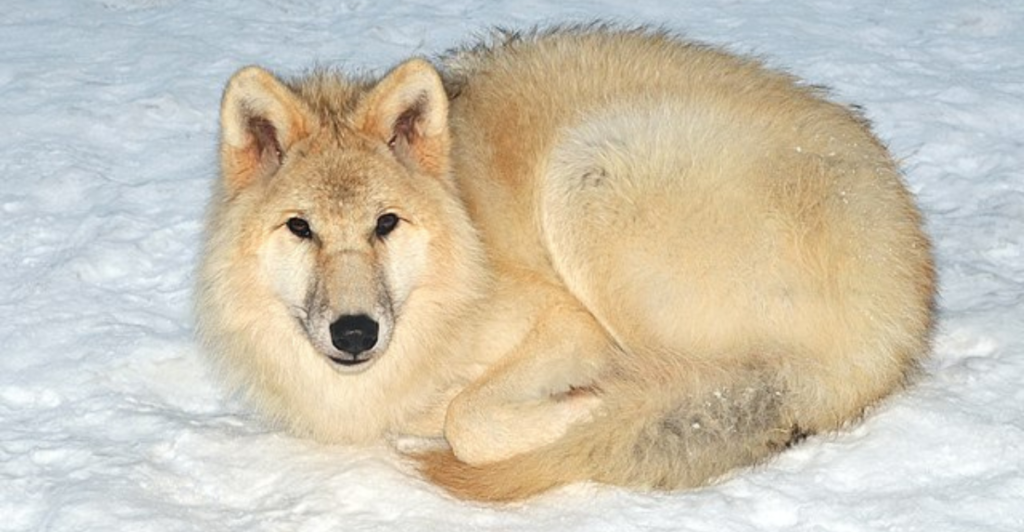
Wolves are apex predators, playing a crucial role in maintaining ecosystem balance. By preying on herbivores, they regulate populations of animals like deer and elk. This prevents overgrazing, allowing vegetation to flourish. Wolves’ hunting behaviors create a ripple effect that benefits countless species, from insects to birds. These natural processes showcase the importance of wolves in sustaining biodiversity and the intricate web of life in America’s wild landscapes.
A Keystone Species

Wolves are a keystone species, meaning their presence significantly impacts ecosystems. When wolves were reintroduced to Yellowstone National Park in 1995, they transformed the environment. Elk herds, which had overpopulated the park, began avoiding certain areas, allowing vegetation to regenerate. This resurgence of plant life stabilized riverbanks, reducing erosion, and created habitats for animals like beavers and songbirds. The wolf’s role exemplifies how a single species can shape an entire ecosystem.
Pack Life and Social Bonds

Wolves live in highly social packs, often consisting of 6-10 members. Each pack has a defined hierarchy, with an alpha pair leading the group. These strong social structures allow wolves to work together efficiently, hunting and caring for young collaboratively. Communication through howls, body language, and scent marking reinforces pack unity. This unique social dynamic highlights the intelligence and adaptability of wolves in navigating complex environments.
How Wolves Affect Prey Populations

Wolves play a vital role in controlling prey populations. By targeting weaker or sicker individuals, they promote healthier herds and reduce the spread of disease. This natural selection process ensures that prey species like elk and deer remain robust. Additionally, wolves’ presence encourages prey to move more frequently, preventing overgrazing in any one area. Their impact on prey dynamics exemplifies nature’s balance in action.
Wolves and Vegetation Growth
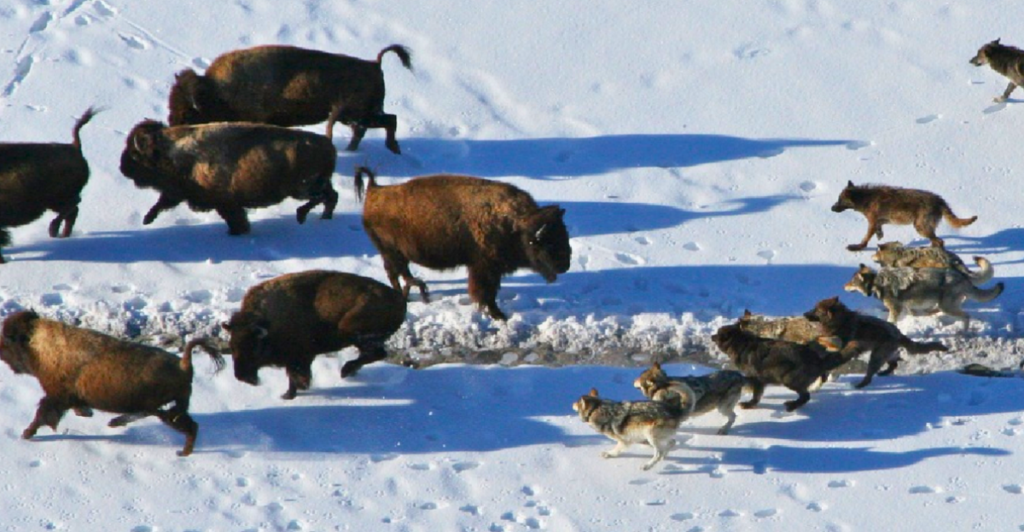
Wolves indirectly promote vegetation growth by controlling herbivore behavior. When herbivores avoid areas frequented by wolves, plants have a chance to recover and thrive. In Yellowstone, the return of wolves led to the re-establishment of willow and aspen trees, which had declined due to overbrowsing. These trees now support diverse wildlife, from insects to moose, demonstrating how predators can profoundly influence plant life.
Wolves and Rivers

The presence of wolves even affects rivers. In Yellowstone, reduced grazing pressure allowed vegetation to grow along riverbanks, stabilizing the soil and reducing erosion. Healthier riverbanks improved water quality and created habitats for fish, amphibians, and other aquatic life. This phenomenon, known as a trophic cascade, illustrates wolves’ far-reaching effects on ecosystems, extending beyond land into waterways.
The Role of Scavengers

Wolves provide essential resources for scavengers. After a wolf pack finishes feeding, carcasses are left behind for species like ravens, eagles, and bears. These leftovers supply nutrients that sustain other animals, ensuring nothing in nature goes to waste. This interdependence between predators and scavengers highlights the intricate connections within ecosystems and the critical role wolves play in these networks.
Wolves and Biodiversity
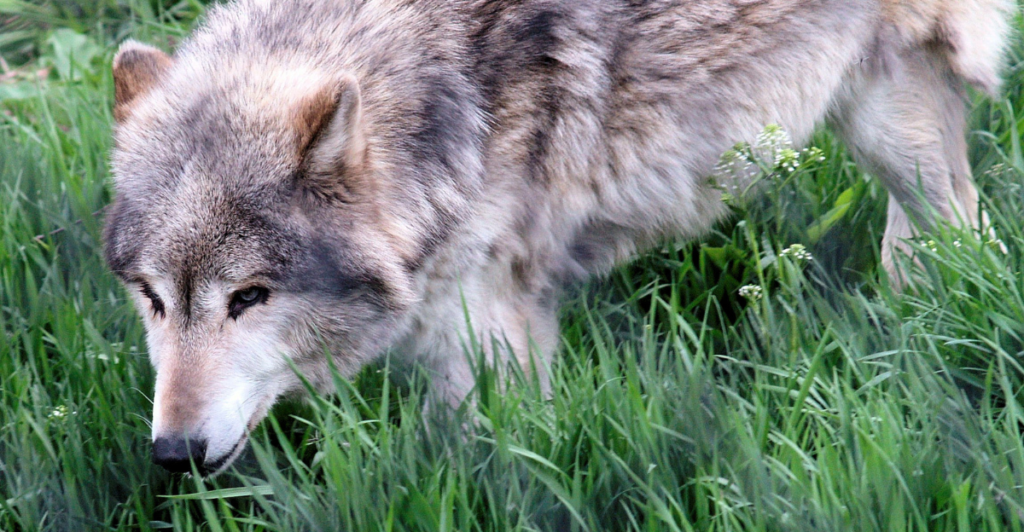
Wolves boost biodiversity by creating a more balanced ecosystem. Their predation on herbivores prevents overpopulation, allowing plants and smaller species to thrive. This cascading effect benefits countless organisms, from fungi to large mammals. Studies show that areas with wolf populations often have richer biodiversity, underlining their importance as a natural regulator of ecological health and harmony.
The Challenges Wolves Face
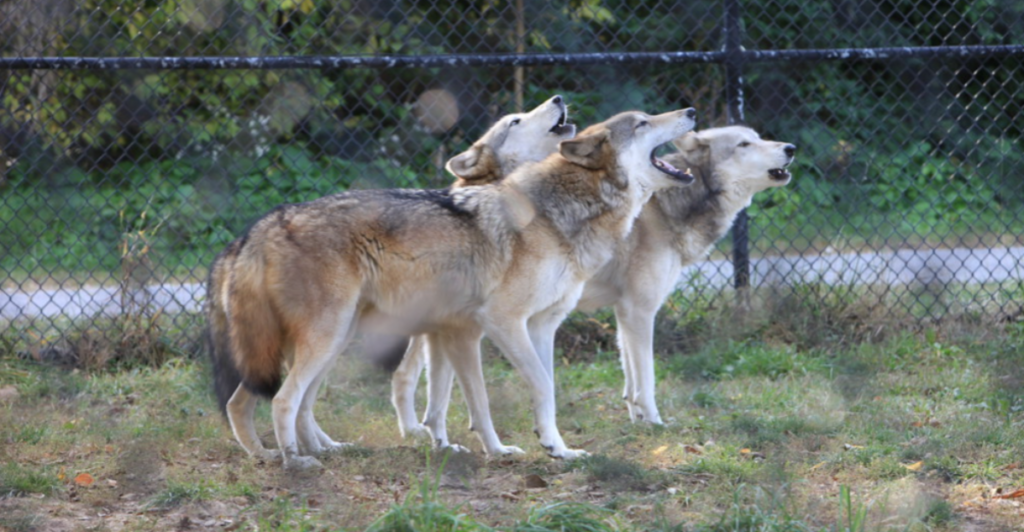
Despite their ecological importance, wolves face threats from habitat loss, human-wildlife conflict, and hunting. Conservation efforts, including reintroduction programs and protected areas, aim to ensure their survival. Educating the public about the benefits wolves bring to ecosystems can foster coexistence. By understanding these challenges, we can appreciate the need to protect this iconic species and its vital role in nature.
Wolves and Climate Adaptation

Wolves can help ecosystems adapt to climate change. Maintaining plant growth and controlling herbivore populations support carbon sequestration in vegetation, which helps mitigate climate change effects. Additionally, wolves’ influence on biodiversity ensures ecosystems are more resilient to environmental changes. Their contributions highlight how predators are not just symbols of wilderness but active participants in ecological stability.
Wolves in Cultural Narratives
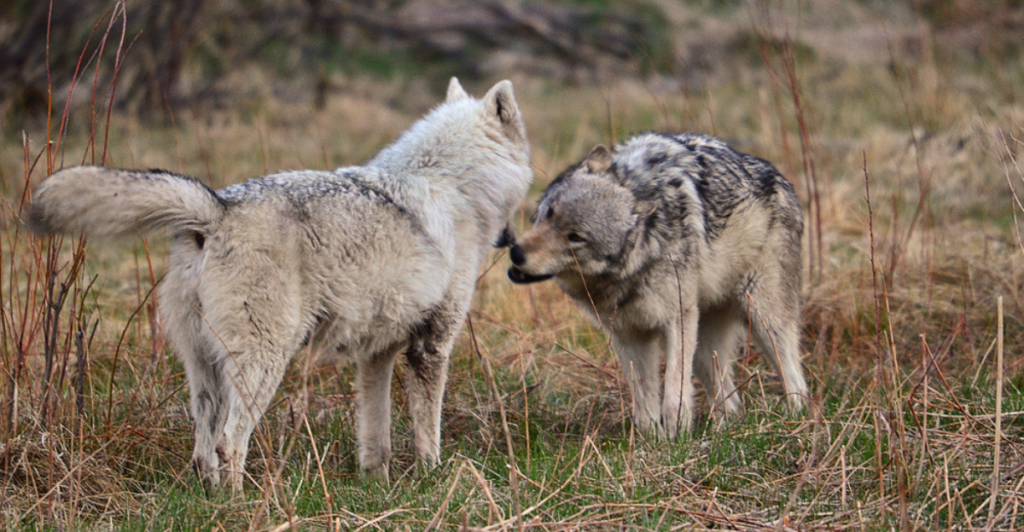
Wolves have long been featured in myths, folklore, and stories. Indigenous cultures often view them as symbols of strength and wisdom. These narratives reflect the deep connection between humans and wolves, illustrating respect for their intelligence and role in the natural world. Understanding these cultural perspectives allows us to understand the historic and ongoing relationship between people and wolves.
The Science Behind Wolf Reintroduction
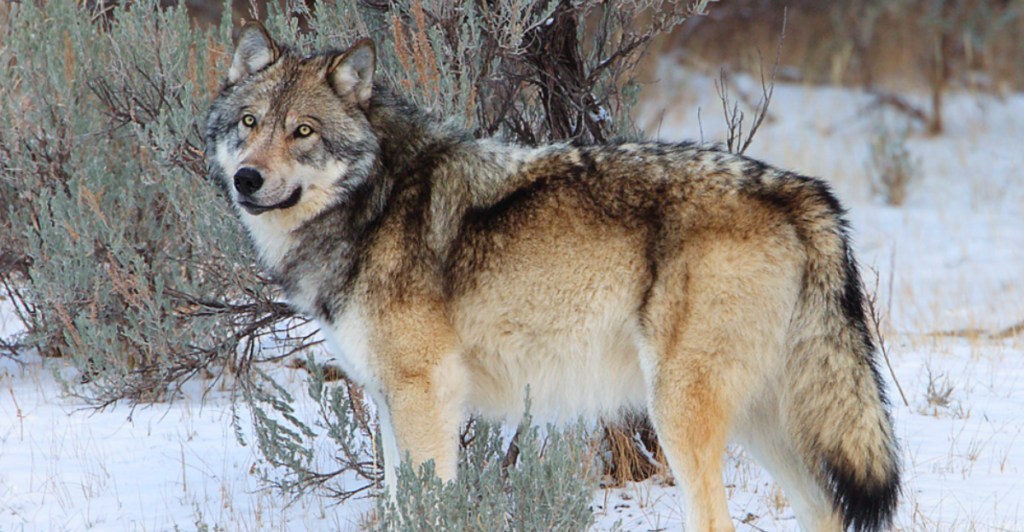
Reintroducing wolves requires careful planning and research. Scientists assess habitat suitability, prey availability, and potential human impacts before relocating wolves. Programs like Yellowstone demonstrate how reintroduction can restore ecosystems and inspire conservation efforts globally. Studying these initiatives provides valuable lessons about balancing ecological restoration with human interests.
Wolves as Ecosystem Architects

Wolves are more than predators; they are architects of their ecosystems. Through their hunting and behavioral influences, they shape landscapes, support biodiversity, and foster ecological balance. Their presence is a testament to nature’s interconnectedness and the profound impact of each species. Protecting wolves and their habitats safeguards the intricate web of life they help sustain, ensuring a thriving environment for future generations.
Stay connected with us for more stories like this! Follow us to get the latest updates or hit the Follow button at the top of this article, and let us know what you think by leaving your feedback below. We’d love to hear from you!







